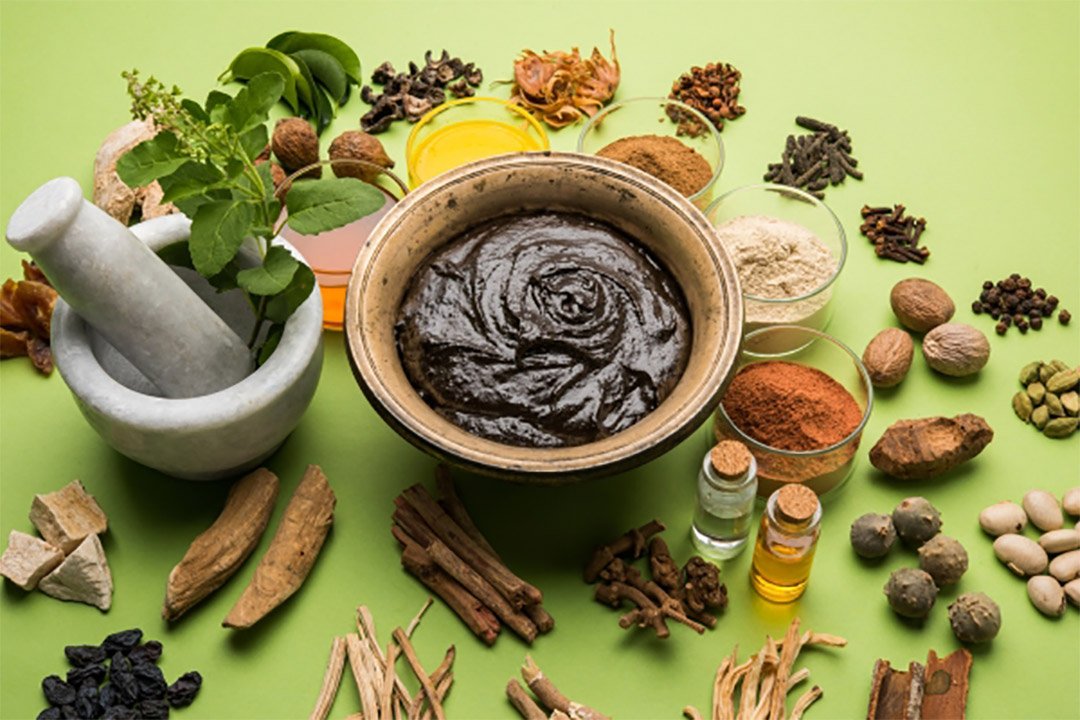Blog
-
6 JunRead more »
It is a universally accepted fact that good health plays an important role in human development, day to day life and every aspect of life you can think of. According to the concepts of Ayurveda, good health is based on the equilibrium of dosha (humor), agni (digestive fire), dhatu (seven body tissues: lymph, blood, muscle, adipose tissue, bone, bone marrow, semen), and mala (feces, urine, and other waste products). Furthermore, in Ayurveda there is clear-cut emphasis on maintaining physical, mental, and spiritual well-being as part of good health. The World Health Organization (WHO) defines good health as a state of complete physical, mental, and social well-being and not merely an absence of disease or infirmity, which is close to the definition of good health mentioned in Ayurvedic books like ‘Charak Samhita’ and others.
Ayurveda, Siddha, and Unani are the three important traditional systems practiced in India. Ayurveda is the oldest and the
